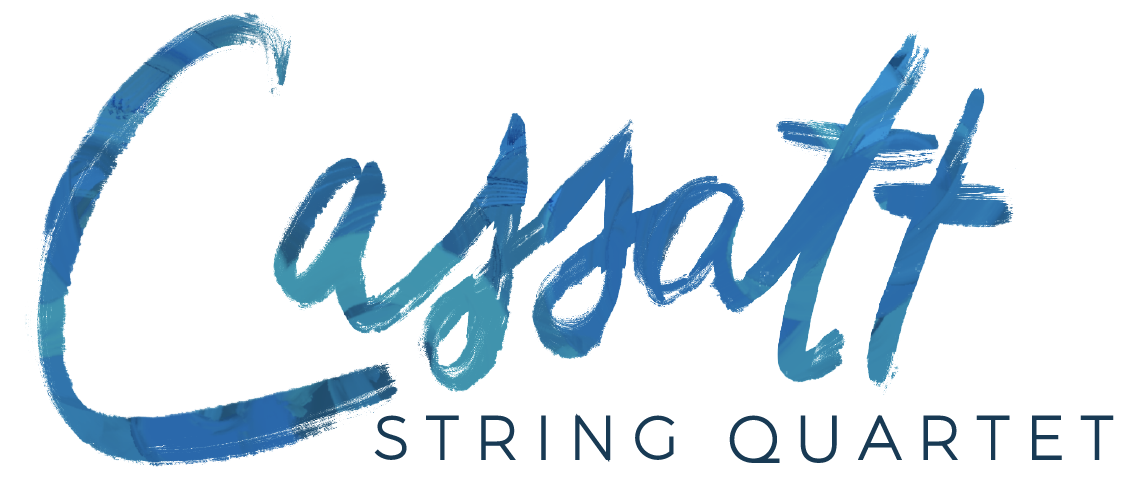Cassatt
1994 | Composers Recording CRI
Muneko Otani and Sunghae Anna Lim, violins
Michiko Oshima, viola
Anna Cholakian, cello
In the nineteenth century, the string quartet was the scene of comparatively few radical gestures or departures. Excepting the phenomenal late quartets of Beethoven, or perhaps precisely because of their awesome presence, composers of the Romantic era treated the form with a certain reverence and caution. Turn-of-the-century masters like Gustav Mahler and Richard Strauss avoided chamber music altogether, after some compulsory exercises in their student years. The future, it seemed lay elsewhere.
Then, a few years into the new century, all hell broke loose. In 1903 Charles Ives composed a Scherzo for String Quartet, subtitled “Holding Your Own,” in which each player in the group adopted independent tonalities and rhythms. Toward the end of the same decade Arnold Schoenberg let the atonal cat out of the bag in the third and fourth movements of his String Quartet No. 2 and Bartók’s violently dissonant middle-period quartets were not far behind. In the post–World War II music of Carter, Ligeti, Scelsi, and Lutoslawski, the string quartet became the site of the most astringent avant- garde experiments.
The compositions represented on this Cassatt Quartet program do not come up with a unanimous response to the quartet genre’s divided history. The works by Tina Davidson, Andrew Waggoner, and Daniel Godfrey participate in the twentieth-century continuum or mainstream that has it roots in the nineteenth, while Julia Wolfe and Eleanor Hovda mobilize some of the avant-garde techniques that have circulated since the Second World War. Yet all five pieces tell a story of tension and release, wandering and return; in all the pieces some reference to tonality serves as a guiding light. And they all have a sound-world of their own, in which technique of one kind or another is raised to the level of personal idiom.

